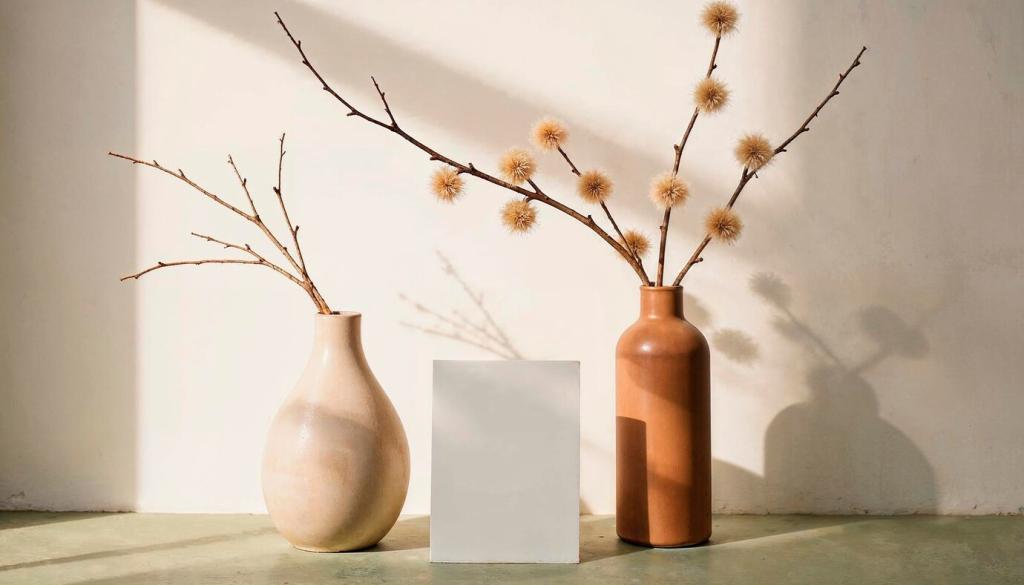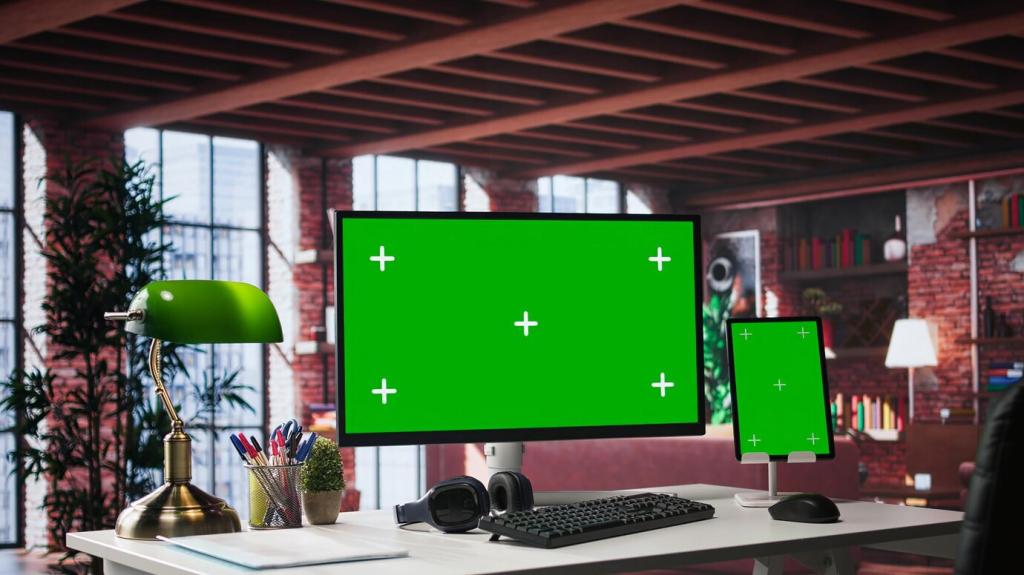Minimalist Furniture Design Ideas
Minimalist furniture design embraces simplicity, functionality, and elegance. It’s a style that seeks to remove the non-essential, allowing beauty to emerge from clean lines, open spaces, and purposeful arrangement. Whether you are revamping a single room or an entire home, minimalist furniture can transform your space into a serene retreat, uncluttered and infused with calm. This approach celebrates high-quality materials, subtle color palettes, and a deliberate absence of excess. Perfect for modern city living and peaceful countryside homes alike, minimalist furniture designs offer timeless solutions that emphasize both personal comfort and striking visual appeal.

Principles of Minimalist Furniture
Simplicity as the Foundation
Simplicity sits at the heart of every minimalist furniture piece. This means shapes are basic, lines are clean, and surfaces are free from unnecessary adornment. Designers remove embellishments, focusing instead on the inherent beauty of the materials. The effect is calming and restorative, turning your living spaces into sanctuaries where the mind can rest. Simplicity does not mean boring; rather, it highlights the sophistication of thoughtful design and the deliberate use of space.
Function First, Always
Minimalist furniture is created with use and efficiency in mind. Each element serves a specific, valuable function, and every decision in the design stage revolves around this purpose. Multitasking pieces—like storage beds or nesting tables—define the minimalist approach. With function prioritized over decoration, your rooms become more adaptive, less cluttered, and easier to navigate. The design philosophy ensures that your home is as practical as it is beautiful.
Space and Light Complement Design
An essential aspect of minimalist furniture is how it interacts with space and light. Furniture is proportioned and arranged to invite airflow and natural illumination, transforming the room’s atmosphere entirely. Wide-open areas, unobstructed windows, and low-profile pieces help create a sense of freedom and openness. By thoughtfully integrating each piece with the room’s architecture, minimalist design magnifies the beauty of both the furniture and its surroundings.

Quality Over Quantity
Minimalist furniture demands a focus on well-chosen, premium materials. Rather than amassing an array of items or overlaying unnecessary details, the power of a few carefully selected pieces shines through. Common choices include solid wood, tempered glass, sturdy metals, and luxurious textiles. These materials endure daily wear with grace and grow more beautiful with time, reinforcing the minimalist ethos of longevity and substance over surplus.

Natural Elements and Sustainable Choices
Sustainability plays a significant role in minimalist furniture design. Designers often opt for renewable resources, environmentally friendly finishes, and recycled content to reduce their ecological footprint. Natural woods, organic cotton, and stone surfaces are favored, not only for their eco-credentials but also for their organic warmth and textural depth. These choices create a dialogue between modern living and respect for the environment, offering comfort for both body and conscience.

Textural Contrast for Visual Interest
Although minimalist furniture emphasizes restraint, thoughtful variations in texture can prevent spaces from feeling stark or cold. The interplay between smooth surfaces like glass, matte finishes, and tactile elements such as woven fibers or rough-hewn wood creates depth and intrigue. These subtle contrasts catch the eye and invite touch, ensuring minimalist interiors remain inviting and visually rich without overwhelming the senses.
Previous slide
Next slide

Previous slide
Next slide

Platform Beds with Clean Lines
Platform beds exemplify minimalist ideals with their low profiles and unadorned frames. Often constructed from solid wood or metal, these beds remove the need for bulky box springs or headboards. The result is a grounded, visually unobtrusive centerpiece that allows other elements—like soft bedding or natural light—to shine. Platform beds support uncluttered living and make routine bedroom upkeep significantly easier.
Subtle Storage Solutions
In the minimalist bedroom, storage should be efficient yet virtually invisible. Furniture such as under-bed drawers, built-in shelving, or simple wardrobes keeps belongings organized and out of sight. Low-profile nightstands with a single drawer or an open shelf maintain a balanced look without sacrificing function. The cumulative effect is a clutter-free environment ideal for winding down and promoting restful sleep.
Versatile Nightstands and Dressers
Nightstands and dressers in minimalist design reject ornate hardware or excessive detailing, favoring sleek profiles and soft-close drawers. These pieces are often modular or stackable, adapting to a variety of spaces and needs over time. Thoughtful proportion ensures they complement the bed while providing ample space for nighttime essentials. The understated style ensures the bedroom remains a place of calm and order.
Dining With Minimalist Style
01
Understated Dining Tables
Minimalist dining tables are defined by smooth surfaces, geometric shapes, and an absence of elaborate ornamentation. Materials such as solid wood, glass, or engineered stone are commonly chosen for their integrity and visual simplicity. These tables provide an inviting focal point in the dining area, offering ample space without dominating the room. Their timeless sophistication encourages lingering and conversation.
02
Purposeful Seating Arrangements
Dining chairs are selected to complement the table’s silhouette and color palette, maintaining a harmonious arrangement. The chairs often feature contoured backs and slender legs, supporting comfort during long dinners without drawing attention to themselves. Benches are sometimes used for additional seating, promoting flexibility and an informal, communal feeling in the dining space. Every element exists to serve both function and aesthetics.
03
Multipurpose Sideboards and Cabinets
Minimalist sideboards and cabinets are designed to store dinnerware and linens efficiently, hiding clutter while enhancing visual neatness. These pieces often feature handle-less doors, integrated shelving, and smooth surfaces for an uninterrupted look. When chosen carefully, a sideboard can act as both a practical storage solution and a subtle divider between dining and living areas, helping delineate zones without adding chaos.
Compact, Functional Desks
Desks in minimalist offices feature clean lines and compact dimensions, sized to offer ample workspace without unnecessary bulk. Integrated cable management and discreet storage ensure a tidy environment, supporting focused work and easy maintenance. Wall-mounted or floating desks are especially useful in smaller rooms, maximizing usability and freeing up valuable floor space for other needs.
Ergonomic Office Chairs
An ergonomic chair is vital for any workspace, and minimalist designs nail the balance between comfort and style. Features such as adjustable height, lumbar support, and breathable materials are subtly incorporated into sleek frames. The goal is to minimize physical strain while keeping the office visually light and uncluttered. These chairs promise long-term support and harmonious integration with the rest of your décor.
Minimal Shelving and Organizers
Open shelving and minimal organizers help maintain clarity and accessibility in the home office. Wall-mounted shelves and floating bookcases keep reference materials at hand without encroaching on desk space. Drawer units and subtle file organizers ensure that everyday clutter is managed efficiently. The overall result is an office that fosters clear thinking and creative energy.
